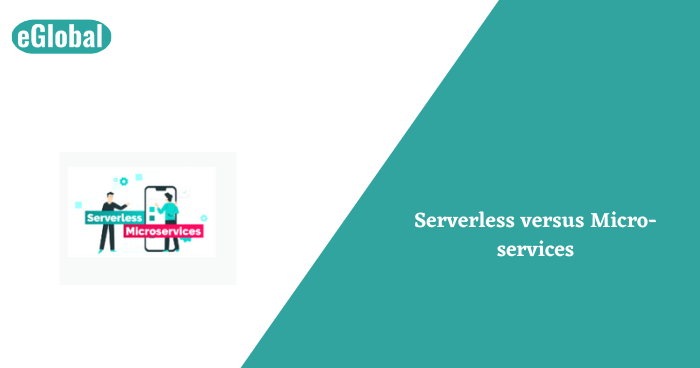

Both serverless and micro services were developed to rule out a few problems in the technical world and they both act as web services. Still, they are two different concepts. As we all know, serverless and micro services are technologies used to enhance the experience of using cloud computing applications.
Cloud computing applications are the ones that run on cloud that is, on internet or any machine. Servers are the computer programs and set of instructions that are used to connect several computers, known as clients, to a single computer.
Micro services are loosely coupled, independently deployable, independently developed and dynamically scaled. Whereas, the maintaining and other features that are not included in the coding of a program is done by a serverless service provider. Many people wrongly understand serverless as something that does not involve server, which is obviously not true.
Let us know about the two terms in detail.
Serverless are programs that take care of servers on behalf of the customer. There are things other than coding that needs to be done while developing a website. Memory extension, data saving, modifications etc. need to be done. These are done by services called VPS. Whenever the servers go down or go slow, these serverless services take up the initiative to modify the servers.
There are serverless providing companies that you need to hire to avail their services. There is a benefit of these companies, they charge according to your server’s consumption. This means that there is no monthly subscription for such services, the modifications your server will need they will calculate their charges and give you the invoice. In other words, if there are only five users that unnecessarily you would not have to purchase the whole package kind of thing.
There are different servers for different services but all that is taken care by a single serverless.
These are the services that are enclosed in your website or application. These are also the services that completely drive your application and enhance the experience of users while using your website. As we have already mentioned, there are different servers for different services, but they are all interconnected. This is called micro service architecture, which is an antonym for monoliths or single functionality entity.
For example in an e-commerce website, There are a few services provided by them, like adding to wish list, adding to cart, purchasing, making payments. These are a series of micro services. There is no hard and fast procedure or rule that an app needs to follow while outlining micro services.
Serverless are the programs proving maintenance and modification for your server. It is a service provided for your servers. Whereas, micro services is the several small services provided by a website. They can be e-commerce websites.
We hope that we were able to clearly state the difference between serverless and micro services. Although they are web services but they serves two completely different motives.
Are you wishing to hire Indian developers? call us now & get free quotation……..

© 2017 All rights reserved.